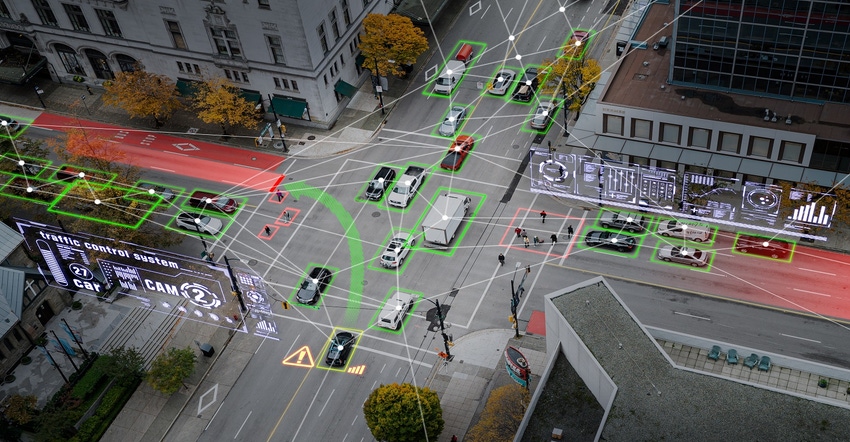Five Trends to Follow at Sensors Converge 2023
The world’s largest global sensor exhibition takes place in Santa Clara starting Tuesday. Here are some of the major themes underlying this year’s show.

The ever-greater importance of the Internet of Things (IoT) continues to whet the industry’s appetite for sensors using various technologies, all of which will come together at Sensors Converge, taking place June 20 through 22 at the Santa Clara Convention Center in Santa Clara, Calif.
This year’s technical conference and educational program features over 80 educational sessions and six in-depth workshops delivered by leaders in sensor engineering. In addition, over 200 companies will exhibit their products and services at the exhibition.
Five key trends to watch at this year’s Sensors Converge 2023 are detailed below.
1. Intelligent sensing is gaining importance
While the growth of the IoT has increased the need for sensors of all types, users are not merely looking for sensors to monitor conditions and send the data to a central processor for further interpretation and action. Increasingly, users desire sensors with built-in intelligence that can take corrective action if needed. The growth of edge networks and cloud computing has increased the viability and importance of distributed sensing, given the sheer amount of data being monitored and the need to make informed decisions on the spot.
The insatiable need for users to get obtain more data and to perform predictive maintenance and analytics is giving intelligent sensing a boost.
2. Smart cities keep generating buzz
The past few years has seen a rise of applications of sensors in so-called “Smart City” applications. This year’s Sensors Converge is no exception. One Wednesday morning session, “Deploying Smart Cities Sensors on Streetlights,” discusses a patented technology that enables sensors to be installed on streetlights within seconds, rather than hours.
In a Wednesday morning panel session titled “Smart City Safety: Use Cases for LiDAR in Intelligent Transportation Systems,” several presenters will discuss how LiDAR is being used to monitor traffic flow and provide predictive analytics for real-time traffic optimization as well as pedestrian safety.
3. AI is playing a role in sensing
Artificial intelligence has been on the upswing in recent years, but the recent rise of generative AI and more widespread adaptation of AI by many companies has also spread to the world of sensors. In one of two Sensors Converge keynote sessions on Wednesday, June 21st, Elena Fersman, VP and Head of Global Al Accelerator for Ericsson, will discuss how AI can be used to optimize performance of cyber-physical systems while guaranteeing their mission-critical properties. In the cyber-physical continuum, the efficient interplay of sensors, actuators, network, and computing is becoming increasingly critical.
4. Sensors important in sustainability
Increasingly, sensors are a vital link in critical, often life-saving functions. Sensors monitor the presence of hazardous gases and chemicals, warn of potential flooding, and in the recent Canadian wildfire crisis, dangerous levels of smoke and pollutants in many North American regions.
In the second Sensors Converge keynote session, Christian Peters, Director of Smart Sensors & Hardware Systems for Robert Bosch LLC, will discuss the importance of sensors as lifesavers, and project the rising demand for sensors as a critical element to enable sustainability.
5. Interoperability remains a challenge
One ongoing challenge in implementing the IoT in enterprises and industrial facilities is ensuring that sensors can communicate with one another as well as with processors and other networked components. Sensor network protocols remain a point of discussion. Another challenge is sensor fusion, where data from multiple sensors is collected and interpreted.
A recap of last year's Sensors Converge is shown above. For more information on Sensors Converge 2023, visit the site.
Spencer Chin is a Senior Editor for Design News covering the electronics beat. He has many years of experience covering developments in components, semiconductors, subsystems, power, and other facets of electronics from both a business/supply-chain and technology perspective. He can be reached at [email protected].
About the Author(s)
You May Also Like


.jpg?width=300&auto=webp&quality=80&disable=upscale)


